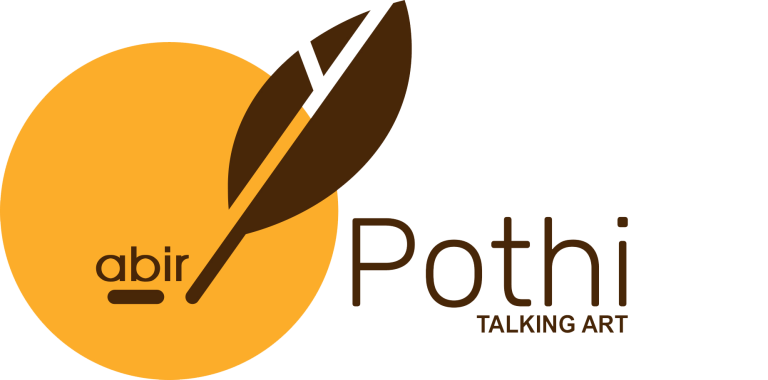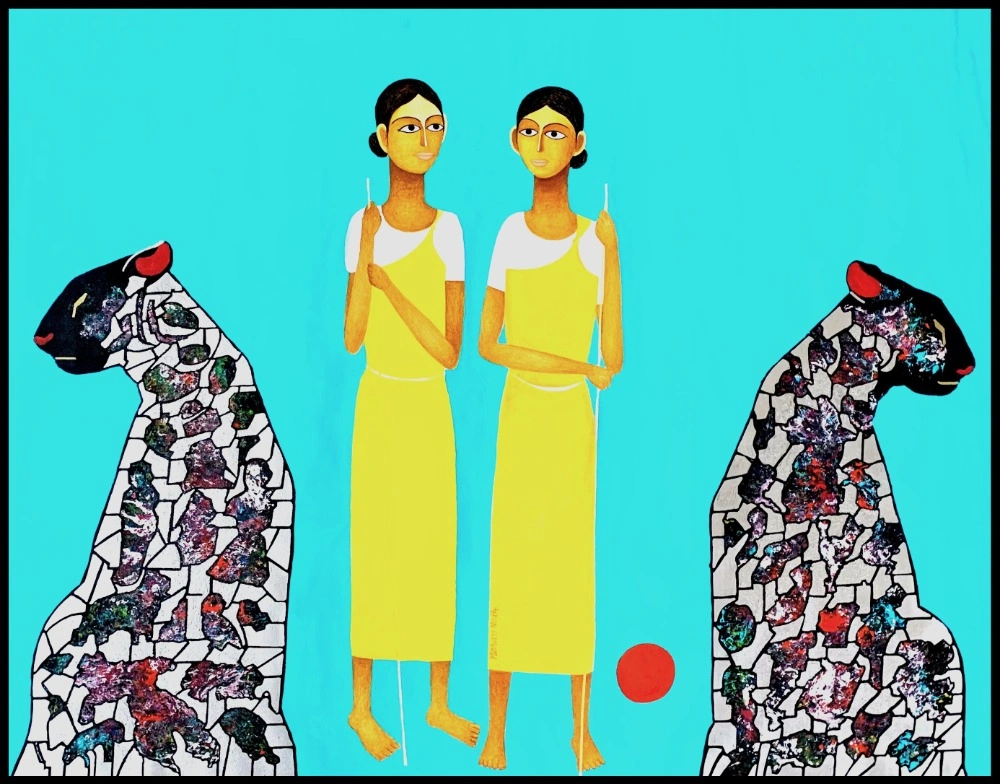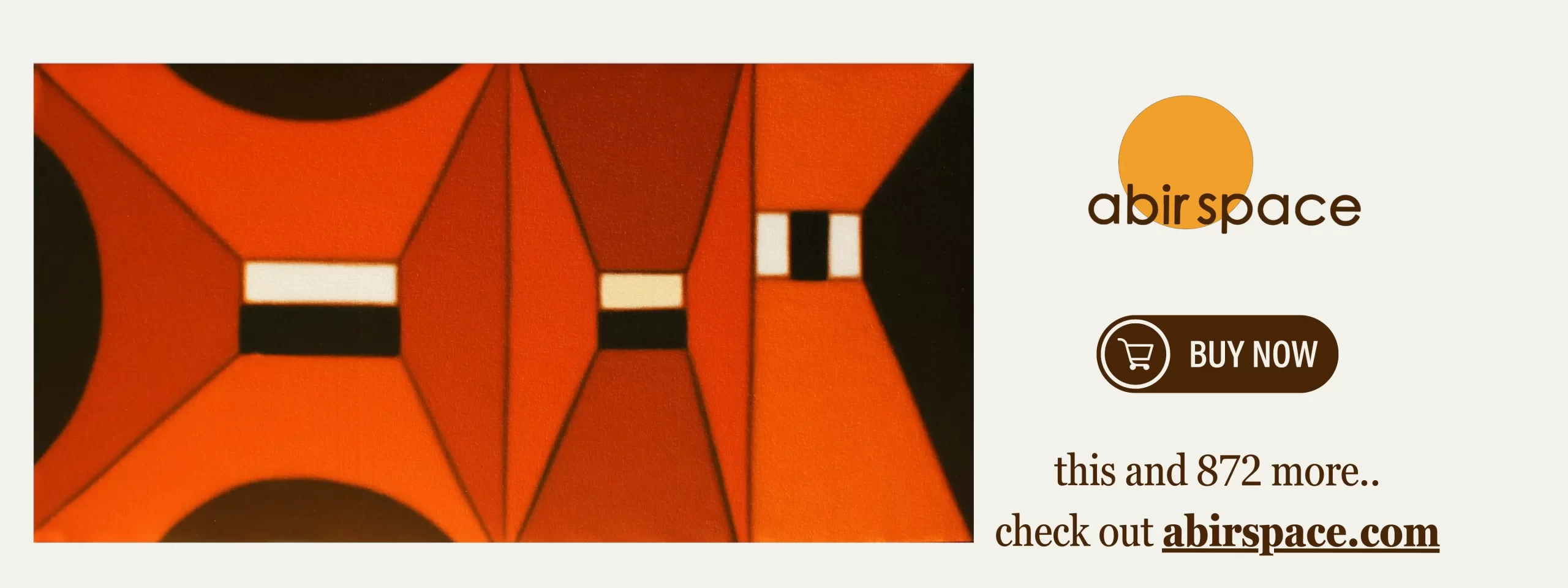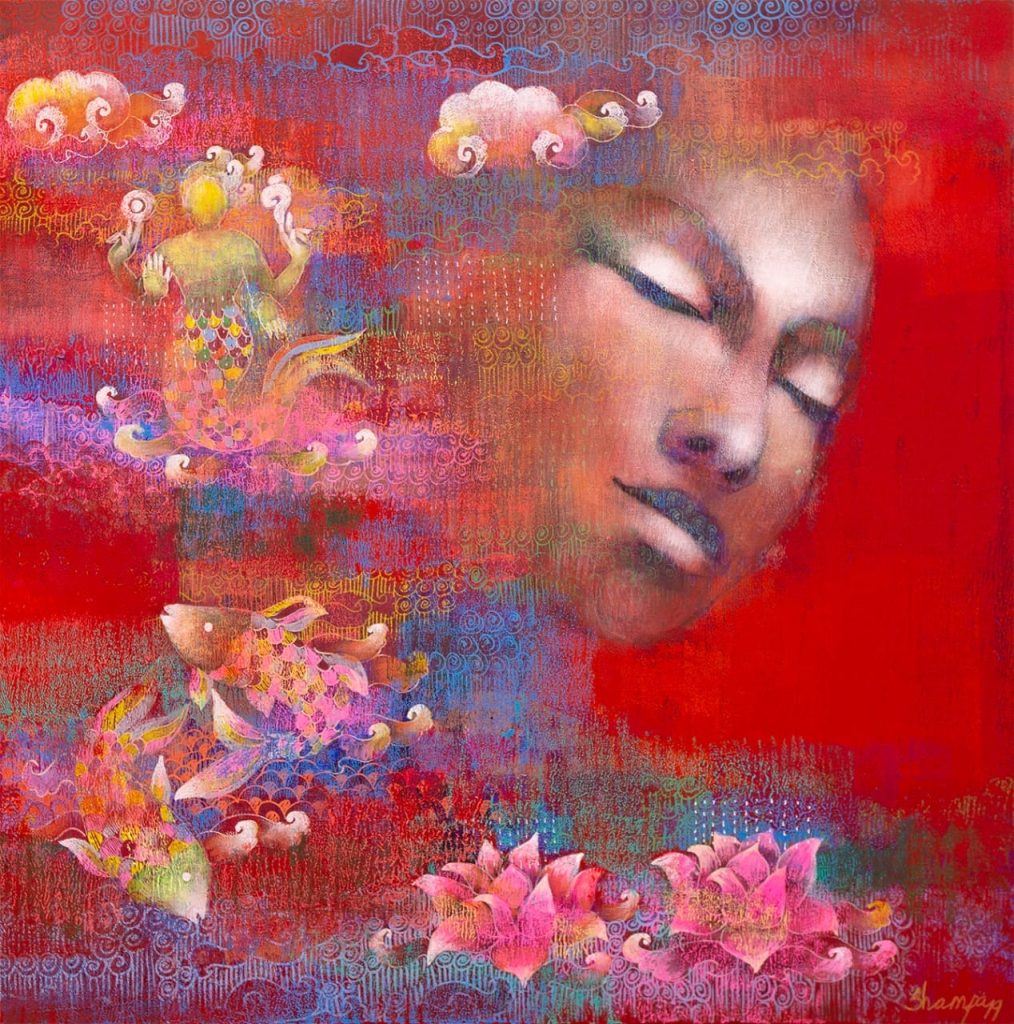The anticipated Samay exhibition combined two celebrated contemporary artists, Hesham Malik and Mohan Naik, in a powerful exploration of timelessness. This distinctive artistic endeavour was made possible through the vision and expertise of Mr. Daegal Godinho and Mr. Michal Kos, esteemed directors in their respective fields, whose passion for art history and dedication to nurturing local talent have shaped this remarkable collaboration.
Though separated by vast distances—Králíky in the Czech Republic and Majorda in Goa—Daegal Godinho and Michal Kos facilitated a collaborative project between artists Hesham Malik and Mohan Naik. Working on shared canvases, the artists engaged in a dialogue that bridged both cultural and geographical divides.
The “Samay” exhibition, a brand-new exploration of timelessness through the works of acclaimed artists, debuted in Europe at the City Museum Králíky in the Czech Republic on January 9, 2025. Visitors had the opportunity to engage with the exhibition’s profound themes until its close on February 28, 2025. Following its successful European run, “Samay” travelled to India, where it was hosted at Carpe Diem in Goa, expanding its reach and cultural impact.
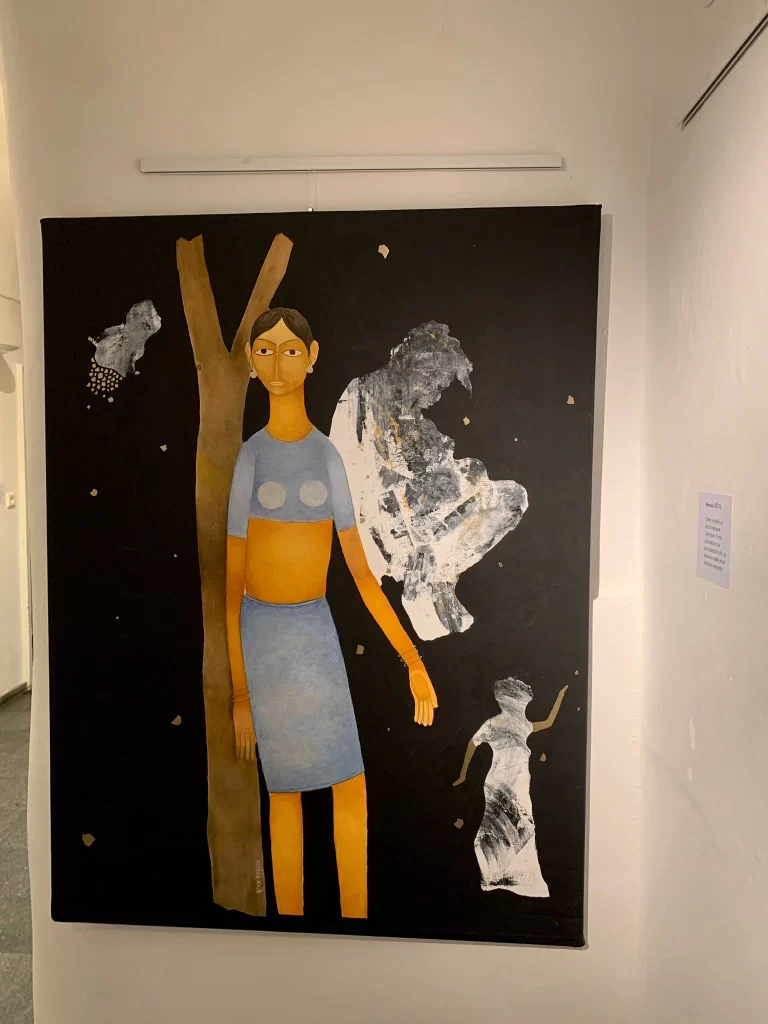
A Cross-Continental Artistic Dialogue
The Samay exhibition debuted at the Králíky City Museum, under the direction of Michal Kos, before travelling to the Carpe Diem Gallery in Goa, led by Daegal Godinho. This cross-continental showcase offered an immersive experience that transcended time, giving art enthusiasts a chance to witness a unique fusion of styles and perspectives.
Hesham Malik, known for his storytelling and vibrant compositions, presented works that examined the fluid nature of time, drawing from historical and contemporary influences. His art blended abstract and figurative elements, compelling viewers to engage with layered narratives of time, identity, and change.
Mohan Naik, on the other hand, offered a deeply introspective portrayal of Goan rural life. His paintings, characterized by earthy tones and meticulous detail, evoked a timeless connection to nature, heritage, and tradition. His works captured the essence of an agrarian past, seamlessly blending the tangible with the nostalgic.
A Journey Through Time and Culture
Curators Kos and Godinho meticulously designed Samay to be more than just an exhibition; it was a dialogue between cultures, a reflection of the universal nature of artistic expression. By bringing together Malik and Naik, they highlighted the myriad ways in which time shapes human existence across different geographies and cultural landscapes. Visitors to Samay found themselves immersed in a world where time was both a subject and a medium. The exhibition’s carefully curated pieces invited audiences to reflect on the passage of time, memory, and the permanence of artistic expression.
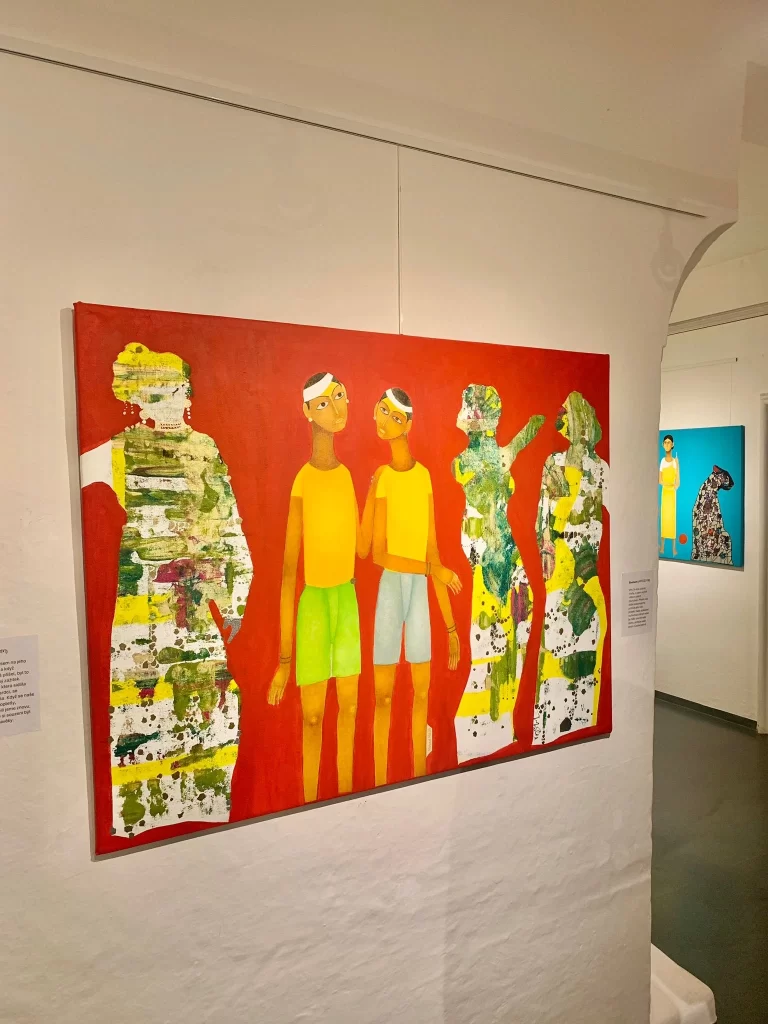
Interactive and Immersive Elements
Beyond its visual appeal, Samay featured artist talks, interactive sessions, and workshops, allowing audiences to gain deeper insights into the creative processes behind the works. These events provided an opportunity to explore themes of time and change in personal and collective histories.
Additionally, the exhibition incorporated digital installations, ambient soundscapes, and historical narratives to enhance engagement. These elements were aimed at creating a multi-sensory experience, encouraging visitors to perceive time not just as a linear sequence but as an ever-present force shaping human perception.
Cultural Significance and Legacy
In a rapidly globalising world, Samay served as a bridge between artistic traditions, reinforcing the importance of collaboration in contemporary art. Goa, with its rich history of cross-cultural exchange, provides the perfect setting for the exhibition’s second leg, allowing for new interpretations to emerge. The Czech Republic, steeped in historical narratives and artistic innovation, offered an equally compelling backdrop for the exhibition’s debut.
For both artists, Samay became a platform to showcase their interpretations of timelessness, while for the curators, it was a realisation of their shared vision—an exhibition that connected people, places, and philosophies through art.
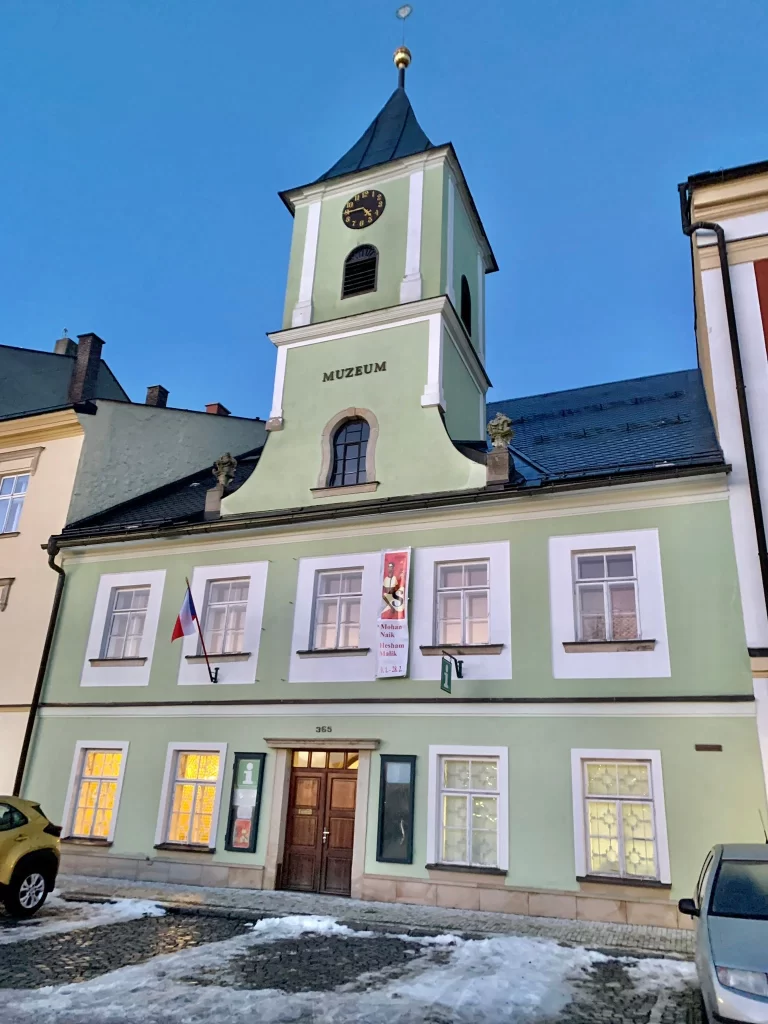
About the artists –
Mohan Naik: Capturing the Essence of Rural Goa
Born in 1960 in the village of Cuncolim, Goa, Mohan Naik is an artist whose work is deeply rooted in the simplicity and nostalgia of rural life. Naik draws inspiration from his immediate surroundings—his quiet, nature-filled village in southern Goa. His art serves as a reflection of his childhood memories, preserving the landscapes and way of life that have shaped his identity.
From an early age, Naik observed the villagers and their daily routines, imprinting those moments in his memory. His art is filled with earthy tones and soft textures, evoking a deep sense of nostalgia for a world that is slowly changing. The elements that defined his youth—stones, trees, livestock, and hardworking villagers—are recurring motifs in his paintings, symbolizing resilience, harmony, and the passage of time.
Naik’s ability to capture the unspoken beauty of simple rural life has earned him recognition in India and beyond. His works have been showcased in solo and retrospective exhibitions at prestigious institutions across the world, including in the United Kingdom, Scotland, New York, Singapore, and Dubai.
Hesham Malik: A Visionary in Contemporary Art
Hesham Malik is an internationally celebrated artist known for his vibrant, textured, and deeply expressive works. His art is a fusion of cultural influences, shaped by his extensive travels and interactions with diverse communities worldwide.
His artistic style is characterised by bold colours, intricate patterns, and layered storytelling techniques, reflecting a blend of Eastern and Western traditions. Malik’s works often explore themes of unity, the human psyche, and the intersection of different cultures, creating art beyond boundaries. His global experiences—from Toronto and New York to Nairobi, Cairo, Paris, and Goa—have allowed him to develop a unique artistic language that transcends borders.
Beyond his artistic achievements, Malik is deeply committed to education and community development. He actively collaborates with schools, museums, and cultural institutions, integrating art into educational programs that encourage creativity among children. His initiatives aim to nurture artistic talent while promoting cultural exchange and understanding. His contributions have been widely recognised, earning him respect from organisations that seek to use art as a tool for social impact.
Image Courtesy- Nilankur Das

Nilankur believes in the magic of critical thinking, intelligent dialogue and creativity. He stays in Goa, programs for the Museum of Goa and is a columnist.
